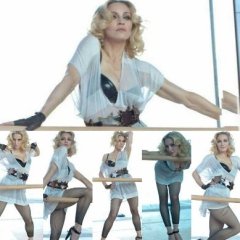Madonna’s Face as Andy Warhol’s Philosophy
-
Recent Activity
-
- 33 replies
- 1,324 views
-
- 5 replies
- 135 views
-
- 1,832 replies
- 89,822 views
-
- 2,756 replies
- 90,031 views
-
Madonna Sued Again Over Delayed Concerts: ‘Total Disrespect For Her Fans’ 1 2
By Askeroff, in News ✖ Discussion
- 33 replies
- 869 views
-
- 14,309 replies
- 948,951 views
-
Madonna Talks Life on Tour With Her Kids: “Nothing Brings Me More Happiness”
By Brendanlovesu1, in News ✖ Discussion
- 16 replies
- 530 views
-
When was the last time Madonna was really relevant to the general public? 1 2 3
By Mp1992, in News ✖ Discussion
- 73 replies
- 5,847 views
-
-
Recently Browsing 0 members
No registered users viewing this page.




.thumb.jpg.59c47c19cbe2fe5b123da0fb122e1aee.jpg)


Recommended Posts
Join the conversation
You can post now and register later. If you have an account, sign in now to post with your account.